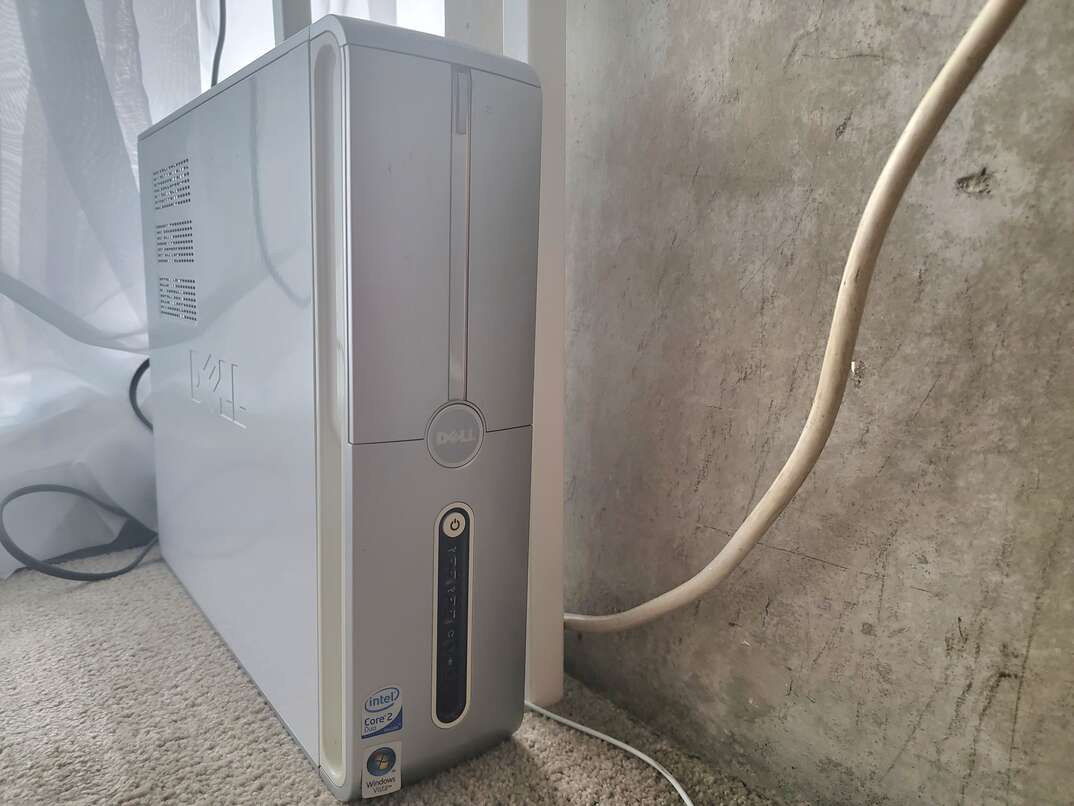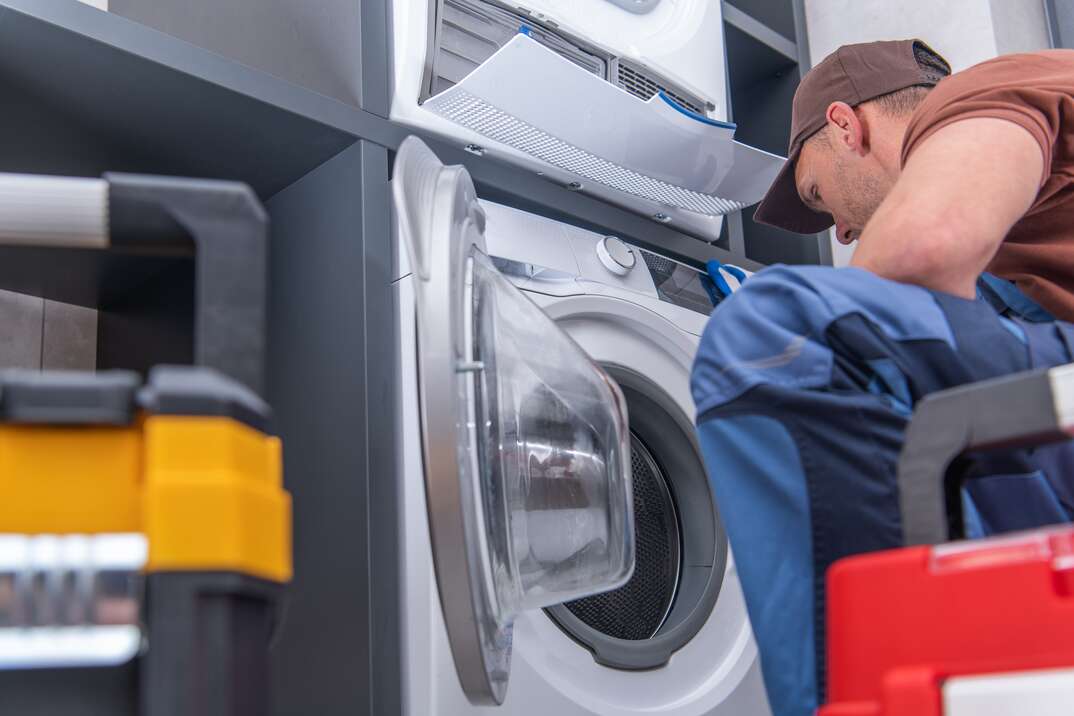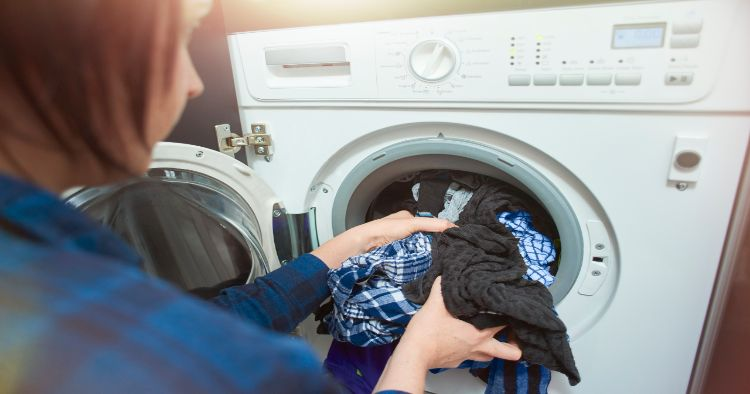How to Clean a Dishwasher

Washing dishes is unlikely to be at the top of anyone’s list of favorite pastimes, but the good news is that a dishwasher makes this chore a lot less dread-inducing. That said, if your dishwasher stops functioning at its best, it can feel like a minor crisis. After all, who wants to go back to washing all their dishes by hand? Not you.
This May Also Interest You: How to Unclog a Dishwasher in 6 Simple Steps
Dishwashers can stop cleaning dishes well for a number of reasons. But sometimes the issue is simply that your dishwasher is in need of some cleaning itself. That's because a too-dirty dishwasher can get clogged with bits of food and even soap scum in key spots, making it unable to clean dishes fully.
Read on to learn how to clean a dishwasher, and with a few straightforward steps, you’ll be on your way back to clean-plate bliss in no time.
How Do You Clean All the Parts of a Dishwasher?
First things first, gather some supplies:
- Vinegar
- Baking soda
- Dishwasher-safe bowl
- Microfiber cloth
- Toothpick or flexible wire
- Toothbrush
- Rubber gloves (optional)
- Stainless steel cleaner or olive oil
Note: There are specialty dishwasher cleaners you can buy to make deep cleaning even breezier, but it’s certainly not the only way to get your dishwasher sparkling clean. However, if buying a cleaning product specific to the task helps motivate you, then, by all means, go for it!
Now it’s time to roll up those sleeves and get to work.
Step 1: Empty It Out
You’ll want to start by emptying the dishwasher so as to have easy access to all its nooks and crannies. Begin by removing the racks, utensil baskets and strainer. Don’t forget the filter, which is located on the floor of your dishwasher. Most dishwasher filters simply twist off, but others may need to be removed with a screwdriver. You can set these objects in the sink to scrub with warm soapy water. A toothbrush is a great tool for gently cleaning residue off your dishwasher’s filter.
Step 2: Tackle Food Residue
Now you can work on removing all those icky food particles that have been left behind on the bottom and around the edges of your dishwasher. You can use a cloth or your gloved hands to scoop out any collected food from the corners and around the strainer. Gloves aren’t mandatory here, but they will help protect your hands from any sharp particles, like glass, if you’ve ever had anything break in your dishwasher.
Step 3: Wipe Clean and See to Those Spray Arms
Using a damp microfiber cloth, wipe down the walls, floor and ceiling of your dishwasher, taking special care to make sure the corners are nice and clean. Go ahead and clean around the rim of the dishwasher door as well, as it can get pretty icky. You’ll also want to gently clean the spray arms and use your toothpick or wire to check that the spray arm holes aren’t clogged with food particles or soap buildup.
More Related Articles:
- How Much Does a Dishwasher Cost?
- When’s the Last Time You Replaced Your Appliances’ Hoses? Here’s How to Change All of Them
- The Filth Shall Get Them Clean: Why You Don’t Need to Pre-Rinse Your Dishes
- Don’t Get Lost in the Wash: How to Use Your Dishwasher Efficiently
- Should You Repair or Replace Your Dishwasher?
Step 4: Run a Vinegar Wash
Now you can return the racks, strainer, filter and utensil holder. Pour a cup or two of white vinegar into the dishwasher-safe bowl or dish, set it in the middle of the top rack, and run the dishwasher’s wash cycle on hot.
Step 5: Freshen With Baking Soda
After the vinegar wash cycle completes, you can sprinkle a cup of baking soda on the floor of your dishwasher and run a hot water express cycle to provide an extra boost of freshness.
Note: Vinegar and baking soda can make a pretty powerful cleaning combo. Just make sure that, in this instance, you run them in separate cycles so that you’re not met with a foamy mess afterward.
Step 6: Wipe Down the Outside
Although a clean front panel won’t help your dishwasher work harder, it sure does look nice. You can use stainless steel cleaner and a microfiber cloth for this step, or try wiping the dishwasher door down with a bit of olive oil, which some folks swear by to remove smudges and leave a long-lasting shine.
Squeaky Clean
Cleaning a dishwasher is not as intimidating as it may sound. To avoid excess food buildup and keep your dishwasher functioning your best, plan to deep clean your dishwasher once a month. Now that you know how to clean your dishwasher, you can make it a part of your regular cleaning routine. With a few simple supplies and a bit of elbow grease, your dishwasher will stay fresh and functioning at its best — without any food gunk getting in the way of a great wash.


